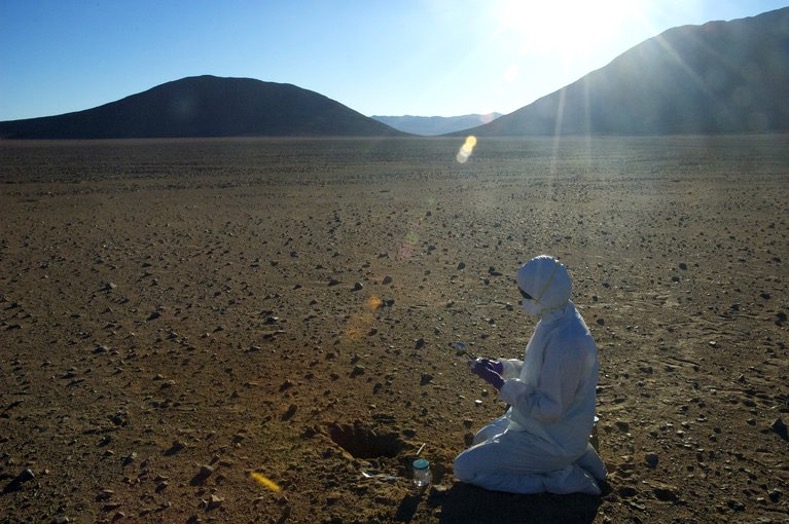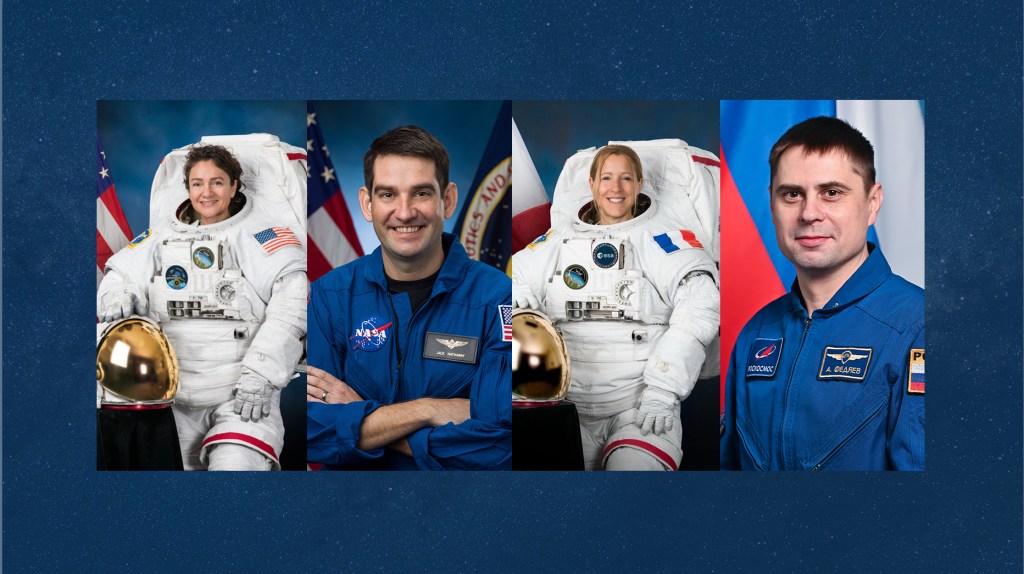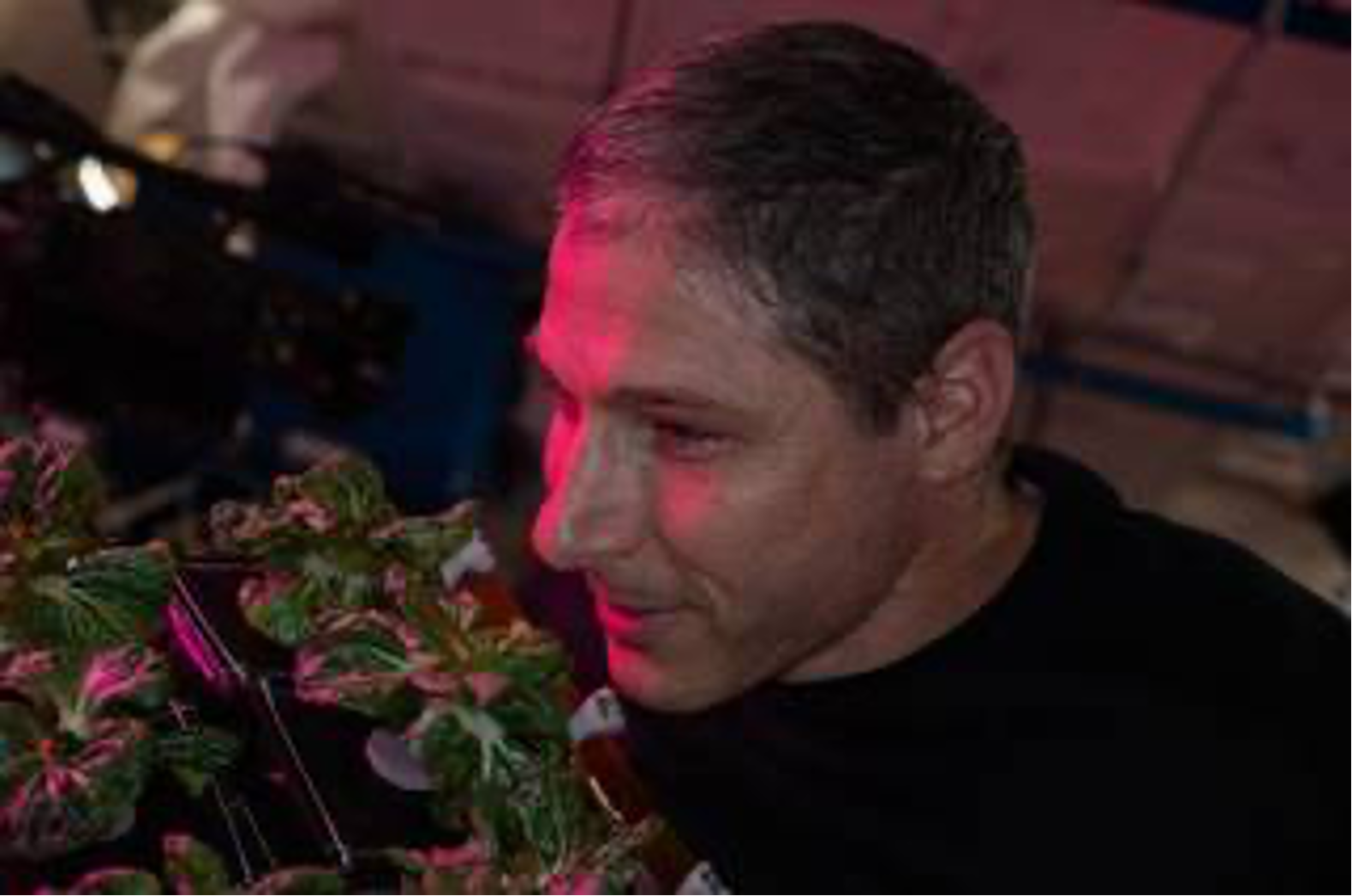Space Biology and Astrobiology: What’s the difference?
From chemistry to physics, NASA researchers from various disciplines conduct groundbreaking work studying life every day.
Two of these disciplines are Astrobiology and Space Biology. While they may sound similar, they are quite different in what they do. What they do have in common is their ability to help us understand how life functions on Earth and in the Universe.
Astrobiology
Astrobiology is the study of the origin, evolution, and distribution of life in the Universe1. The hunt for extraterrestrial life might sound like something out of the science-fiction genre, but scientific logic guides this search.
For NASA scientists, the search to understand life in the Universe starts on Earth. Understanding how life evolved on Earth and what steps made it possible are key to understanding what life might exist outside of it.
To guide us in our search for life beyond Earth, scientists are studying how life on Earth exists in extreme environments like the scorching hot desert or the freezing Arctic tundra. In our solar system, environments like these can be found on Mars or the icy moons2 around Saturn and Jupiter. Future Astrobiology missions will study if these environments in space harbor life.

In space, tools like robotic science rovers can help scientists search for some of the biosignatures — or signs of life. During the Mars 2020 mission, the rover Perseverance collected data that could be used to look for signs of ancient microbial life3. The rover also collected a suite of samples that a future Mars Sample Return mission will be able to bring back to Earth for study, with all the sophistication and thoroughness of Earth-based instrumentation.
Understanding both how life emerged and evolved on Earth and what the limits are to life as we know it guides NASA in its mission to search for life elsewhere in the Universe. Astrobiology strives to answer the question: “Are we alone?”
For more information, follow NASA’s Astrobiology Program on Twitter at @NASAAstrobio.
Space Biology
Space Biology is the study of howthespaceflight environment — such as ionizing radiation, microgravity, isolation, and altered atmosphere — affects life. Studying how living things respond at a fundamental level to these extreme conditions can inform what’s needed to ensure crew health on deep space missions and contribute to biomedical and agricultural advancements on Earth.
The main objective of NASA’s Space Biology research is to better understand how spaceflight affects living systems in spacecraft, such as the International Space Station, as well as in deep space, on planetary surfaces, or in ground-based experiments that mimic aspects of spaceflight.
The experiments NASA conducts on these platforms examine how plants, microbes, and model organisms (such as fruit flies, worms, and rodents) adjust or adapt to living in space. Researchers examine metabolism, growth, stress responses, physiology, and developmental processes.
They study how organisms repair cellular damage and protect themselves from infection and disease in microgravity conditions while also exposed to space radiation. And they do it across the spectrum of biological organization, from molecules to cells, tissues, organs and systems to whole organisms, communities, and ecosystems.
Another focus of Space Biology is plant biology. Since space is limited aboard spacecraft, astronauts will need access to sustainable, nutritious sources of food for long-term stays in space.
Limited water supplies, microgravity, and different atmospheric and light conditions can affect plant health. Understanding how plants grow in the harsh conditions of space can help scientists determine which ones are most suitable for becoming “space crops.” Research in this field has already contributed to agricultural advancements on Earth, including hydroponic, aeroponic, and vertical farming.
To learn more about how NASA’s Biological and Physical Sciences Division pioneers scientific discovery, follow us on Twitter at @NASASpaceSci.
Summary
Astrobiology focuses on the origins, evolution, and the limits to life on Earth to understand where and how to search for life in space. Space Biology studies how Earthly life responds to space environmental conditions to further our understanding of how life operates in built environments for space exploration.
NASA’s research in both fields has contributed to scientific knowledge, biomedical and technological innovations, and agricultural advancements that benefit both space exploration and terrestrial life.
1 https://astrobiology.nasa.gov/about/
2 https://astrobiology.nasa.gov/news/icy-moons-and-their-plumes/
3 https://astrobiology.nasa.gov/missions/2020-mars-rover/

































